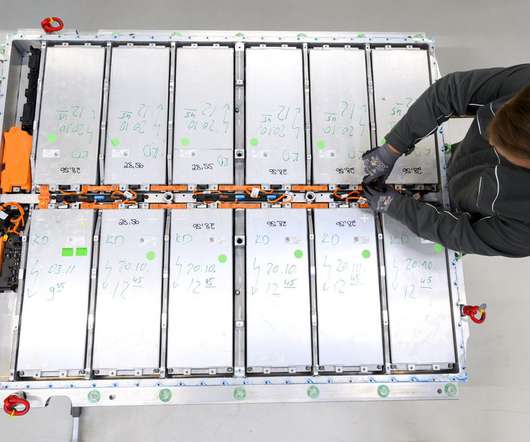FAA grounds US Boeing 787 Dreamliners after second incident with Li-ion battery; GS Yuasa Lithium Power the manufacturer
Green Car Congress
JANUARY 17, 2013
The multi-year, multi-million dollar contract was an historic first as it marked the first commercial aviation application of Li-ion technology. At the time, GS Yuasa said its Li-ion batteries offered 100% greater energy storage capacity than the existing nickel-cadmium batteries used in airliners.












Let's personalize your content